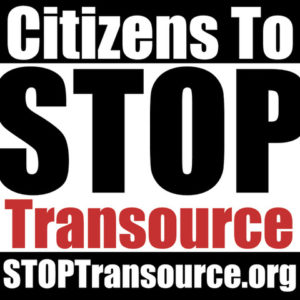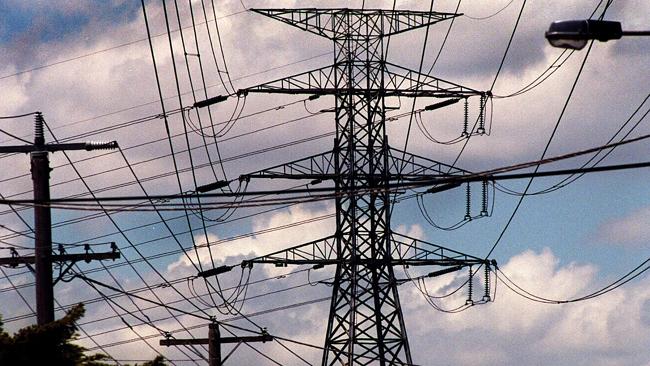Frequently Asked Questions


What is electrical congestion?
Transource says existing lines are insufficient. Is this true?
No, it is not true. OCA expert witness Peter Lanzoletta wrote 23 pages of testimony describing alternate routes. It is true that the IEC-East line is proposed to be a double circuit line. Each circuit involves 3 lines, one for each phase. Thus, the entire line would consist of 6 power cables, plus a ground. PPL and BGE jointly operate a line on the east and west of the proposed IEC-East, known as
Discovery documents show that neither PJM nor Transource studied this use of these lines. PJM told Stop Transource representatives and local legislative representatives in the fall of 2017 that the PJM process did not include a study of alternatives, and that it was up to the states to require that analysis in their approval process. Transource has no interest in using those lines because if they don’t build anything, they can’t make any money.
Is the project needed for reliability?
No. From the very outset, Transource was clear that the project was intended as a market efficiency project. This is documented in their filing with both states. It is also clear from the fact that the project was selected by PJM solely on the merits of its congestion relief. Recent statements from PJM indicate that they are trying to find a way to frame the project in terms of increased reliability; however, FERC requires a different analysis process (see NERC) for any project that is intended to improve reliability. The only argument PJM can make is that any new powerline by definition increases reliability because it provides an alternative pathway for power.
How
In Harford County, MD, eight of the ten affected properties, and the vast majority of the
Is it true Transource will make a profit even if the project is defeated?
Yes. The Federal Energy Resource Commission (FERC) granted Transource a 10.4% margin, and provided them with an “abandoned plant incentive.” There is also no cost cap on their expenses. This means that for every dollar they spend on the project, even the money they are spending now, they will be reimbursed in full, and be provided with a 10.4% profit. The more they spend, the more they make.
Where do both states stand on the project?
Almost every local representative at the local,
The PA Office of the Consumer Advocate (OCA) has entered testimony into the case that indicates they are strongly opposed to the project. The Maryland Office of Peoples Council (OPC) and the Maryland Power Plant Research Program (PPRP) are still unannounced.
Is it true that Maryland only generates half its own power, and that power consumption is forecasted to be flat?
Yes. The full statistics can be found on PJM’s own website: https://www.pjm.com/-/media/library/reports-notices/state-specific-reports/2017/2017-maryland-and-dc-state-infrastructure-report.ashx?la=en
